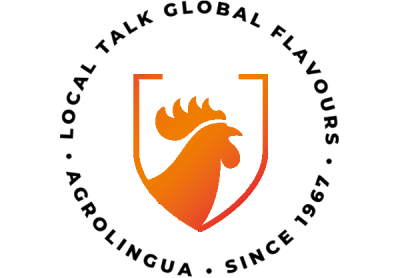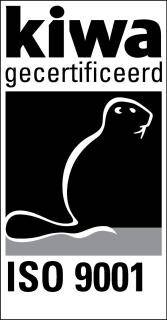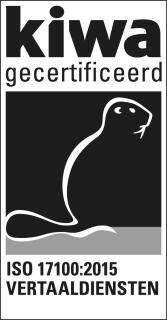
Don’t underestimate the manual!
The importance of a good instruction manual
After years of development and production processes, the actual product is finally ready to be launched on the market. There is already interest from potential customers. But the manual still has to be written and translated.
So how do you go about that?
Guidelines for effective instruction manuals
A comprehensive and clear manual is the only way to effectively provide users with instructions on how to use the product. This product may be a piece of equipment, a machine, a complete installation or software. The manual should describe all the aspects of use such as installation, assembly, start up and use procedures and a maintenance and trouble-shooting section.
Digital, visual or written, online or a real, physical manual – there are many options.
For certain products or programs, a visual manual in the form of drawings, a series of illustrations or a film is the ideal solution. Information presented visually can be great as a demo, but a paper manual is the most familiar form of documentation. Online manuals and manuals and user guides on the device are gaining in popularity, however.
The huge advantage of a paper manual is that looking up information is quick and easy. If you need to find the function of a certain key, it is quicker to locate the right information in a paper manual than by starting up an instruction film first. And remember, not everyone has access to a screen. Even if a film is literally identical to the instructions on paper, the user is still dependent on the speed of the images. A user can read instructions on paper at his or her own pace.
So, although ‘how to’ films are handy, an understandable, logical explanation on paper is preferable.
Know your audience and the objective– who are you writing for?
It is essential that product information is communicated to users accurately and effectively. Each type of user has their own characteristics. Make sure the usability of the manual is tested to suit the user.
How to save time and wasted effort when creating a good manual?
Nobody likes to read more information than strictly necessary. There are two things to bear in mind that play a considerable role in effectively conveying information: use a minimalist style and use simplified1) technical English.
Avoid lengthy paragraphs with pointless information and unnecessary pronouns. Use the present tense and write in the active voice. Write consistently and use repetitions in the text where possible. This can result in a 30% reduction in the length of a text. Using the principles of minimalism will reduce the time needed to learn a process by 30% and boost how well the information is remembered by 25%.
Written text can be supported using illustrations, or diagrams and images can replace sections of text entirely. A well-chosen illustration can convey a complex idea without using any words. This will also save on the translation costs.
Providing plenty of white space between sections and around paragraphs and images will also enhance the reading experience. Aim for a good balance when writing a manual!
Technical writing is an art
The technical writer is in direct contact with the subject matter experts, from designers and developers to service engineers, but also with marketing communication advisors. These professionals supply the product information, and each expert may use specific jargon. The art of the technical writer is to translate this data concisely and effectively into information that is easy for the reader to understand, without any vital information being lost in the process.
AgroLingua can help you produce manuals in accordance with the applicable standards
The Dutch standard NEN5509 describes the regulations regarding the content, structure, formulation and presentation of user manuals.
When producing a manual it is essential that the regulations relating to product safety and liability are observed. These mandatory requirements specify the standards that apply to product documentation and therefore to the contents of manuals. The CE marking that indicates a product’s compliance with EU legislation also places demands on the technical manuals.
Advice on CE marking
AgroLingua can provide advice on CE marking and how to write technical documentation. We aim to create the right blend of safety, a workable solution and economic feasibility for your turnkey project, stand-alone machine or partly completed machinery.
Safety, a workable solution and economic feasibility are three important pillars for CE marking.
Add to this technical documentation in various languages and you have a product that can be used all over the world safely and easily.
Translation memory software
We use translation memory software (SDL Trados Studio) when translating manuals to supply you with accurate, consistent, effective and cost-efficient translations.






